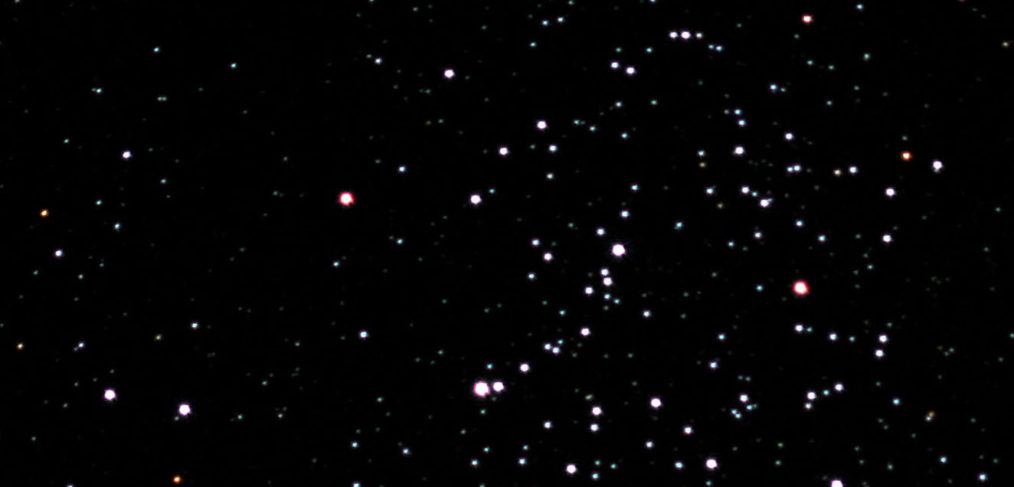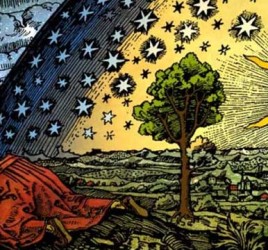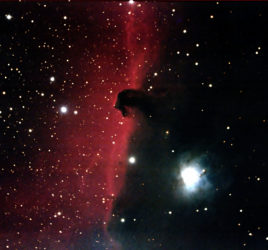
Observing Open Star Cluster Messier 35 – M35
In 1764 Charles Messier published the first installment of his famous list.
M1 to M45 was in this partial list. M35 is the object of interest for this blog post. In his small telescope, it first appeared to be a misty patch. Upon greater magnification it resolved into many stars. This open star cluster was first recorded by Phillippe Loy De Cheseaux in 1745. John Bevis published his observation of it in 1750. Messier credited Bevis and listed it as M35 in 1764.
Location in the sky – Astrometry
M35 is located near the northern foot of the northern twin, Castor, in Gemini. Coordinates: R.A 06h 09m 56.6s, +24d, Dec. 19’ 38.2”. It is about 2,800 to 3,000 light years away and spans about 24 light years. It has about 120 stars scattered over 30 arc minutes of sky, about the size of the full Moon. It is projected that this cluster may have about 500 members in total. The combined mass of the stars add up to about 1,600 to 3,200 times the mass of our Sun. The combined glow is about magnitude 5.09. That means on a Moonless night, it can be naked eye detectable. Definitely a binocular object and a fine telescopic subject. Many bright multi-colored stars.
Astro Physics about M35
The cluster has many intermediate age stars and the general opinion is that it is about 100 million years old. Evidenced by the existence of post main-sequence yellow and orange giants of spectral types G and K. The most massive main sequence star is type B3. B-type stars are between 2 to 16 times the mass of our Sun. Using the formula of twice the mass, one-tenth the life, we can calculate that B-type stars only burn on the main sequence for between 1 billion to 1 million years, then evolve off the main sequence. All of the more massive stars have evolved off the main sequence as we observe them today. M35s spectrum is blue-shifted, moving towards us at 5 km/sec.
Observing M35
Human eyes like to connect the dots and recognize images in random scatters of stars. The most striking perceived image is the Smiley Face with a nose. In wide angle views of the cluster, about 26’ south west of M35, NGC2158 is visible in 10” or larger telescopes. That open cluster is about 16,500 light years distant and spans 5’ and glows at magnitude 8.6. It is over 10 times older than M35 and has mainly yellow stars.



